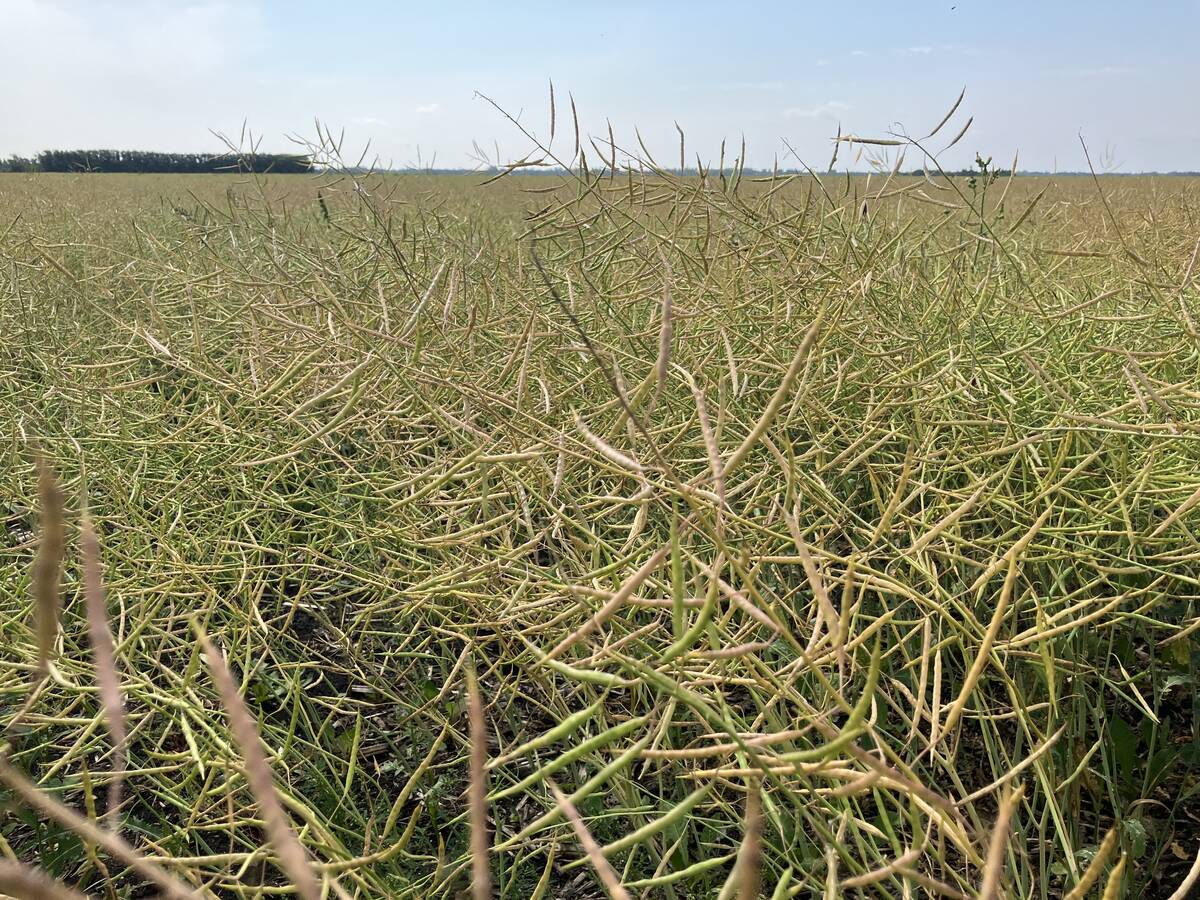BROOKS, Alta. — This year’s crop isn’t in the ground yet, but farmers already know two things about it: there will be successes and there will be problems.
The successes will be celebrated, but properly diagnosing the problems will be key to limiting their severity.
Norm Flore, agronomic services manager with Agrium’s Crop Production Services, is often called upon to diagnose crop conditions caused by weather, insect and herbicide damage, fertility and disease.
“If there has to be one thing we have to kind of stress, is not to jump to conclusions,” he said during a pest surveillance branch update in Brooks March 18.
Read Also

South American soybeans will have less impact on canola
South American production will, as usual, affect the global oilseed market, but Canadian canola is on the outside looking in until it can get China back or find alternative buyers.
He said a common reaction when facing a poorly emerged crop is to blame seed quality or excess fertilizer in the seed row. It’s probably neither, said Flore, so growers should collect more evidence before taking action.
Farmers have many tools at their disposal to diagnose crop problems. They know the field and cropping history, for starters, and expert advice isn’t difficult to find.
“And there’s nothing wrong with a soil probe and a shovel,” Flore added.
Checking the crop in unsprayed areas, sheltered areas, north versus south facing areas and in sprayer and seeding overlaps can provide vital clues on the nature of the problem.
When seeking expert advice, he advised producers to use the proper names for plant parts so they can best describe the situation. Knowledge of cotyledons, crown roots and the difference between tillers and branches are likely to come in handy.
They should also look for patterns and realize the role of human activity and error.
“I’m big on field patterns,” said Flore. “When you see a pattern or you see straight lines of something going on, generally that is a man-made thing. Mother Nature doesn’t do anything in straight lines.”
He recommended the Alberta Soils Information Viewer at www1.agric.gov.ab.ca/$department/deptdocs.nsf/all/sag10372 and AgroClimatic Information Service at agriculture.alberta.ca/acis/about.jsp as useful diagnostic tools.
When it comes to diagnosing insect problems, Alberta insect management specialist Scott Meers said he and his team appreciate good photographs of pests.
“A cutworm lying on its side, they all look the same,” said Meers, as he showed examples.
“I really hate curled up cutworm pictures.”
Photos showing the insect, where it was found, the crop involved and an indication of size will contribute to accurate identification, said Meers.
If only one photo is possible, make it the dorsal view — the one from above, showing the back of the insect.
But more photos showing various angles and context are best. Best of all, of course, is the actual bug. If you’re close enough to get a picture, you’re probably close enough to grab it and put it in a bag and freeze it.”
Farmers can then send the insect to the lab for identification. The exceptions to that are cutworms, which turn to mush when frozen and thawed.
Nicole Kimmel, an Alberta Agriculture weed specialist, also pleaded for context and multiple photos when farmers seek weed identification.
Ideally, a field view including the weed should accompany photos of the individual plant including an overall shot and separate photos of its roots, flowers and leaves.
She recommended placing a ruler alongside the plant, which is useful in determining its overall size and those of the plant parts.















